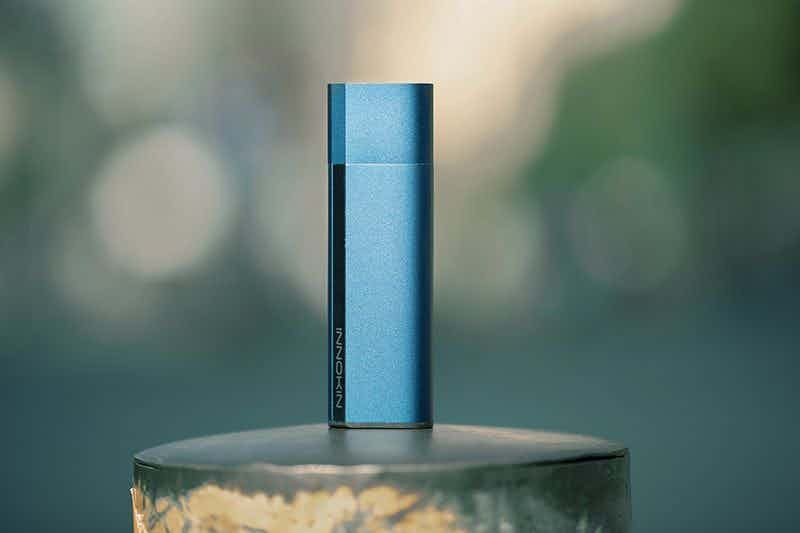The Best Methods for Testing Vape Battery Capacity
Vaping has become a popular alternative to traditional smoking, and as such, the importance of understanding vape battery capacity cannot be overstated. A reliable battery is crucial for a satisfying vaping experience, impacting vapor production, flavor, and overall satisfaction. This article aims to provide a comprehensive overview of the best methods to test vape battery capacity, covering product specifications, user experience, advantages and disadvantages, and target demographics.

Product Overview and Specifications
Vape batteries come in various shapes, sizes, and capacities. Typical specifications include:
– Types: Lithium-Ion, Lithium Polymer.
– Voltage: Ranges from 3.2V to 4.2V.
– Capacity: Measured in milliamp hours (mAh), varying from small 300mAh batteries to high-capacity options over 3000mAh.
– Dimensions: Depending on the type of device, the dimensions can range from small pod systems (often similar in size to USB drives) to more robust box mod setups.
The most common types of vape batteries are 18650, 20700, and 21700. These numbers refer to the battery’s dimensions and capacity, with 18650 being the most widely used in portable devices.
Aesthetic and Feel
When it comes to aesthetics, vape batteries are generally covered with sleek, modern designs tailored for portability and visual appeal. Most vape pen batteries are cylindrical, while box mod batteries feature angled contours and a variety of finishes. The tactile experience varies significantly across brands, with some opting for rubberized grips and others employing slick metallic finishes.
The Best Methods for Testing Battery Capacity
1. Capacity Testing with a Multimeter: The most straightforward and accurate way to test battery capacity is using a multimeter. This method involves measuring the voltage and speculating the remaining capacity based on the discharge curve.
2. Load Testing: This involves applying a constant load to the battery and measuring how long it takes until the battery is depleted. The end voltage is also recorded to ensure it doesn’t fall below safe levels.
3. Dedicated Battery Analyzer: Commercially available battery analyzers can provide precise readings of capacity and discharge rates. They are the best tools for serious users who require detailed data.
4. Real-world Usage Evaluation: User trials hold significant merit. Keeping a diary of sessions can help users gauge their battery’s longevity based on personal usage patterns.
Flavor and Duration
Battery capacity directly influences vaping duration and flavor consistency. Higher-capacity batteries allow for longer sessions without constant recharging, which enhances the overall experience. Importantly, flavor generation during prolonged use is subject to consistent battery output, which is why assessing the quality of your battery through these testing methods is critical.
Battery Life and Charging
Battery life is subject to various factors including usage frequency, discharge rate, and the resistance of the coil within the vape device. Higher-quality batteries often showcase better performance during sustained usage, maintaining more stable voltage levels and providing a consistent flavor output. Charging methods also play a vital role; devices equipped with fast-charging technology can lead users to believe they have ample battery life when, in reality, this can shorten the lifespan of the battery.
Performance
The performance of vape batteries can differ significantly based on brand and type. High-drain batteries are ideal for sub-ohm vaping as they can discharge a large amount of current. However, these may not be necessary for lower-powered devices. Evaluating performance through testing methods allows users to curate their vaping experience based on personal preferences.
Advantages and Disadvantages
Advantages:
– Convenience: Advances in technology have made testing batteries easier and more accessible.
– Customizability: Many batteries can be tailored through different settings in compatible devices.
– Regulated Power Output: Higher capacity batteries often provide better power stability, enhancing flavor retention.
Disadvantages:
– Learning Curve: New users may find testing methods complicated and intimidating.
– Variable Quality: Not all batteries have the same quality or lifespan, impacting the reliability of results.
– Safety: Improper handling of batteries can result in accidents; education on safe use is critical.
Target Audience Analysis
The primary users of vape batteries typically fall into the following demographics:
– Casual Vapers: Often looking for simplicity and easy maintenance, focusing less on technical specifications.
– Experienced Vapers: Competent users who may seek high-capacity batteries for advanced setups, concerned with output consistency and testing methods.
– Cloud Chasers: Individuals who prioritize high-drain batteries to increase vapor production.
Conclusion
Testing vape battery capacity is essential for anyone serious about enjoying a satisfactory vaping experience. By employing methods such as multimeter readings, load testing, and user evaluation, vapers can ensure that they select the right battery for their needs, ultimately leading to better flavor delivery and longer usage durations. Understanding battery specifications, aesthetic preferences, and target user demographics further enriches this vaping journey, allowing for a personalized experience that aligns perfectly with individual preferences and lifestyle.




